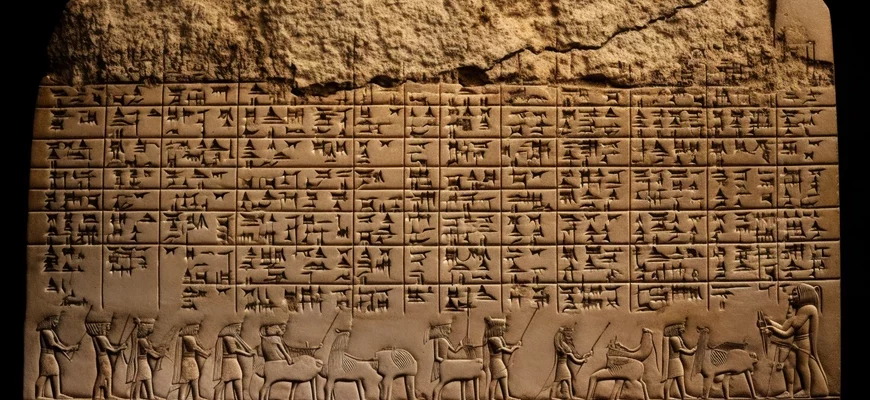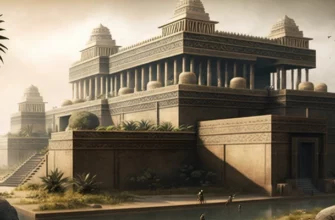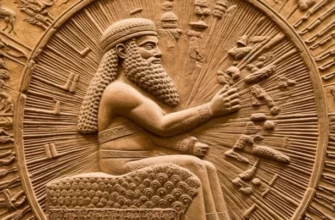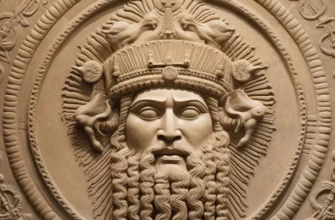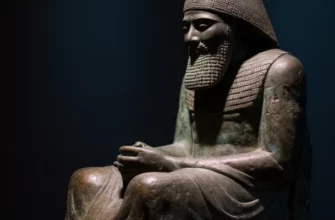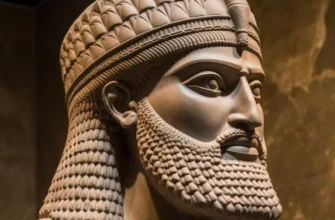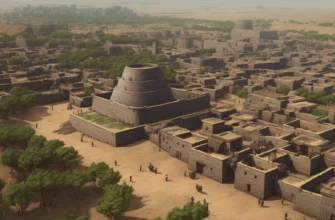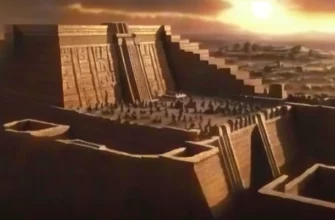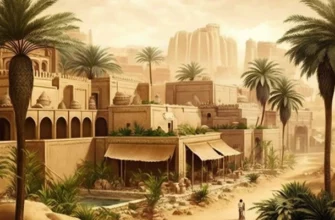Mesopotamia, which today is located within the territory of Iraq, was the cradle of civilization, where one of the oldest religions in the world was born. Mesopotamian religion included the worship of many deities, such as Anu, Enlil, Ishtar, Marduk, Tiamat, and others. Every more or less large city adhered to its religious traditions and had its own patron gods. Religious rites included sacrifices, circumcision, confession, and other rituals. The Mesopotamians believed in the afterlife and paid great attention to preparing for it. Mesopotamian religion had a great influence on the development of human culture and history.
Description of the concept and general information about Mesopotamia and its religious system
Mesopotamia is a historical region located in modern-day Iraq, where one of the oldest civilizations in the world was born. The religious system of Mesopotamia consisted of the worship of many deities, such as Anu, Enlil, Ishtar, Marduk, Tiamat, and others. Each city had its own set of patron gods, who symbolized certain forces of nature or social concepts. Mesopotamian religious rituals included sacrifices, circumcision, confession, and other rites. The Mesopotamians believed in the afterlife and paid great attention to preparing for it. The influence of Mesopotamian religion extended to the development of art, literature, and scientific knowledge in the region. This religious system is considered an important stage in human history, which determined many aspects of the development of culture and civilization.
Deities of ancient Mesopotamia
Mesopotamian religion included many deities that symbolized various aspects of nature, life, and death. The main deities worshipped in ancient Mesopotamia include:
Anu – god of the sky and the highest of the deities;
Enlil – god of air and earth;
Ishtar – goddess of love, war, and fertility;
Marduk – god of battle and justice;
Tiamat – goddess of chaos and darkness;
Nanna – god of the moon and wisdom;
Shamash – god of the sun and justice;
Ashur – god of war and protection;
Ningal – goddess of the moon and birth;
Ea – god of water, wisdom, and magic.
In addition to these deities, dozens of other gods and goddesses were worshipped in Mesopotamia, each symbolizing a particular aspect of life and culture. An important feature of Mesopotamian religion was its polytheistic nature, where deities were not considered a single almighty deity, but consisted of different forces and aspects of the world.
Rituals and ceremonies in Mesopotamia
Mesopotamian religion included a large number of rituals and ceremonies associated with the worship of deities and promoting the well-being of people and the land. Some of the most important rituals and ceremonies included:
Memorial ceremonies, which ensured the passage of the souls of the dead to the underworld;
New Year celebrations, which were accompanied by worship ceremonies and sacrifices;
Fertility rites, which were intended to ensure the next year’s harvest;
War rituals, which consisted of sacrifices and the dedication of weapons to the gods of war;
Sacrifices to the gods for well-being and forgiveness of sins;
Coronation ceremonies, which were conducted with the participation of priests and the royal dynasty.
Rituals and ceremonies in Mesopotamia were an important element of the culture and society of that time and played a significant role in the religious life of the population.
The afterlife in Mesopotamia
In Mesopotamia, people believed in the afterlife and existence after death. They believed that after death, the soul of the deceased passed through the underworld, where it met its judge. Depending on how the judge treated the soul of the deceased, the soul could enter different spheres of afterlife – from heavenly pleasures to torturous suffering.
To ensure a prosperous afterlife, the ancient Mesopotamians performed rituals and ceremonies associated with the worship of deities. They believed that sacrifices and other actions could ensure their entry into the heavenly realms in the afterlife. In addition, various forms of magic and occult practices developed in Mesopotamia, which were also associated with attempts to ensure success in the afterlife.
Conclusions
Mesopotamian religion is of great importance to human culture and history. It played an important role in shaping people’s views on deities, life after death, and the role of humans in the world. Its influence on culture is evident in a large number of works of art, literary masterpieces, and architectural structures. Mesopotamian religious practices also influenced other cultures and religions, such as Judaism and Christianity.
The awareness of the idea of the afterlife and the desire to ensure a prosperous afterlife became the foundation of religious and cultural traditions in many parts of the world. Thus, Mesopotamian religion has had a profound influence on the religious and cultural heritage of humanity, and knowledge of it helps to better understand the history and evolution of humanity’s religious views.
